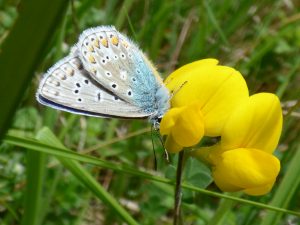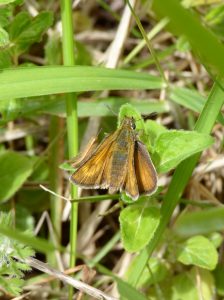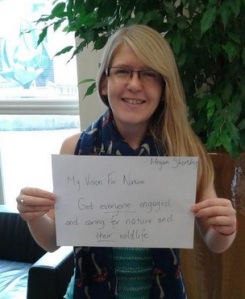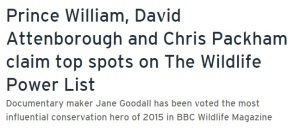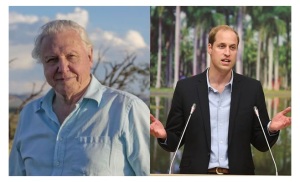Dear Radio Times … cont’d
My e-mail to the Radio Times, regarding how they reported on BBC Wildlife Magazine’s “The Wildlife Power List”, has been responded to. Much as I appreciate that they did respond, I am less impressed by what they said:
Thank you for your email and comments.
I will note your concerns though I can assure you it wasn’t based on gender but on names that regular users to our site will be familiar and more likely to view the story.
Kind regards
DAVID K. HODGES
Radio Times
I have just sent off my response to them, I wonder what they will say to my questions?
Dear Mr Hodges,
Many thanks for responding to my e-mail, it is much appreciated. I must admit, that I find it hard to believe that your readers would be unfamiliar with Jane Goodall. There is, after all, a reason why she was voted top of the list – few people haven’t heard of her and/or her work.
Additionally, you haven’t really addressed the points that I laid out in my initial e-mail. As well as the men that you have mentioned, you could have easily included Jane Goodall’s name in the title and photo in the article. As I pointed out before:
“[The portrayal of women] in the media is not just a symptom of this [imbalance] but is also a driver of it. Reams of evidence show that people’s attitudes and perceptions are, in part, affected by the media they consume. Your (perhaps unintentional, but I doubt it) portrayal of “The Wildlife Power List” is yet another example of this type of sexism, and I am very disappointed in the Radio Times as a result. I hope that you address this in future, and perhaps change the article as it currently stands.”
Will you take steps to change this article, and your portrayal of women in future articles?
Best wishes,
Ms Megan Shersby













